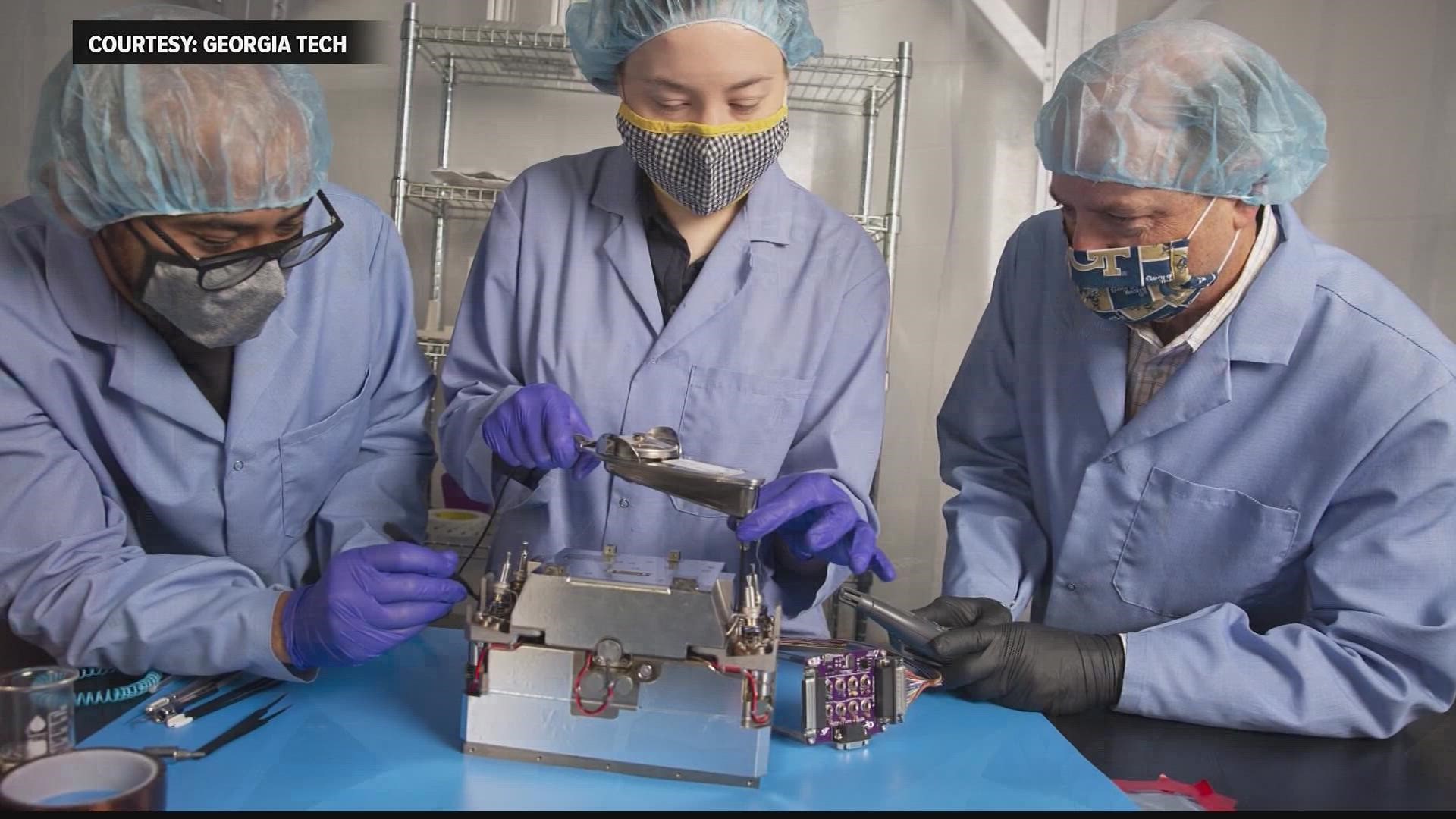ATLANTA — As NASA prepares for another try launching its Artemis One rocket toward the moon, a professor of space technology at Georgia Tech will be watching with vested interest.
Dr. Glenn Lightsey worked with a team that developed the propulsion system for one of the satellites onboard Artemis One. Those satellites will help the unmanned space mission collect new information about the moon.
“I'm personally invested in it,” said Dr. Lightsey. “It's an incredible feeling when something you built, you know, something you touched with your hands is on that launch and is going into space, and when it is in space, kind of doing its mission and sending its data back. That's an incredible feeling.”
As a young man, Dr. Glenn Lightsey was fascinated by Neil Armstrong’s small step for man and giant leap for mankind. America’s early trips to the moon are part of the reason he pursued a career in space exploration.
“I remember seeing the astronauts driving on the surface and the lunar vehicle, and I thought that was pretty amazing,” Lightsey added. “I just remember kind of the national pride that we all took in that endeavor. I think that's what kind of inspired me.”
The Apollo missions to the moon 50 years ago were a weekend camping trip when compared to what the Artemis missions will do. The unmanned flight now scheduled to launch Saturday will help prepare for future missions that will place astronauts at the previously unexplored south pole of the moon. American space explorers will set up a base camp with an eye on the next step—exploring Mars.
“I'm just I'm really excited for humans to be on the moon inhabiting the surface for maybe up to a month at a time,” said Dr. Lightsey. “I think that will be incredibly exciting. I'm convinced there will be incredible science that we can't even imagine.”
The excitement Glenn Lightsey felt about the small step Neil Armstrong took more than 50 years ago led to his involvement with the giant leap now taking place.

